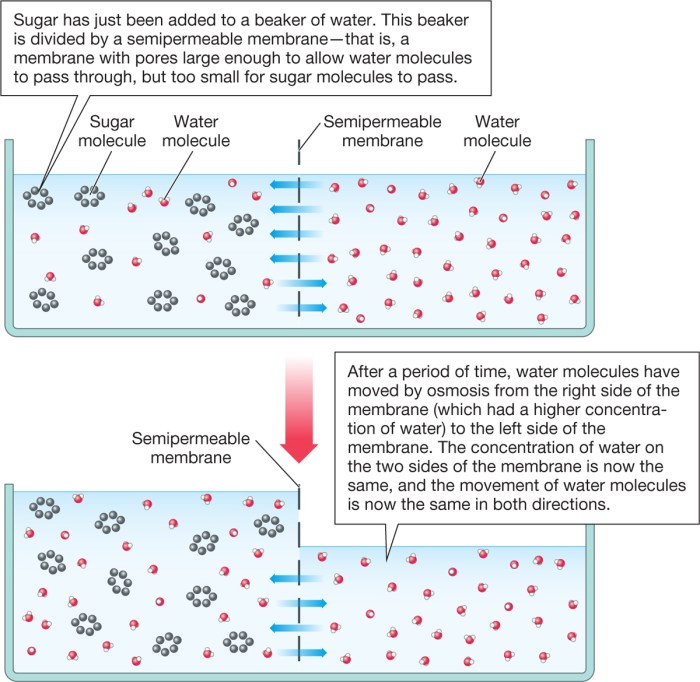A simcell with a water-permeable membrane that contains 20 hemoglobin – A simcell with a water-permeable membrane containing 20 hemoglobin presents a fascinating model for studying oxygen transport and exchange. This artificial cell mimics key features of biological cells, offering insights into the complex processes that govern oxygen delivery in living organisms.
The water-permeable membrane allows for the diffusion of oxygen and other molecules, while the hemoglobin concentration within the simcell simulates the oxygen-carrying capacity of red blood cells. By examining the oxygen exchange rates in this simcell model, researchers can gain valuable information about the factors that influence oxygen transport and its implications for biological systems.
Simcell Structure and Function

A simcell is a simplified model of a living cell, typically constructed from a water-permeable membrane that encloses a solution containing various components. The water-permeable membrane allows for the exchange of substances between the simcell and its surroundings while maintaining the integrity of the internal solution.
Hemoglobin Concentration
Hemoglobin is a protein found in red blood cells that plays a crucial role in oxygen transport. In the simcell, 20 units of hemoglobin are present within the water-permeable membrane. This concentration is designed to simulate the oxygen-carrying capacity of a typical red blood cell.
Diffusion and Oxygen Exchange: A Simcell With A Water-permeable Membrane That Contains 20 Hemoglobin

Diffusion is the movement of molecules from an area of high concentration to an area of low concentration. In the simcell, oxygen diffuses from the surrounding environment into the simcell through the water-permeable membrane. The hemoglobin molecules bind to the oxygen molecules, increasing the oxygen-carrying capacity of the simcell.
Experimental Design and Methodology, A simcell with a water-permeable membrane that contains 20 hemoglobin
To measure oxygen exchange rates in the simcell, a hypothetical experiment could be designed. The simcell would be placed in a sealed chamber with a known oxygen concentration. The oxygen concentration inside the simcell would be monitored over time using an oxygen sensor.
The rate of oxygen exchange could be calculated from the change in oxygen concentration over time.
Data Analysis and Interpretation
The experimental data would be analyzed to determine the oxygen exchange rates. The results would be interpreted to assess the efficiency of the simcell in transporting oxygen. The findings could be compared to the oxygen exchange rates of actual red blood cells to validate the simcell model.
Applications and Implications

The simcell model can be used in research and education to study oxygen transport in biological systems. It provides a simplified and controllable environment to investigate the factors that affect oxygen exchange. The findings from simcell experiments can contribute to a better understanding of oxygen transport in various physiological and pathological conditions.
Essential FAQs
What is the purpose of the water-permeable membrane in the simcell?
The water-permeable membrane allows for the diffusion of oxygen and other molecules, facilitating oxygen exchange between the simcell and its surroundings.
Why is hemoglobin important in this simcell model?
Hemoglobin is a protein that binds to oxygen, increasing the oxygen-carrying capacity of the simcell and mimicking the role of hemoglobin in red blood cells.
How can the simcell model help us understand oxygen transport in biological systems?
By studying the oxygen exchange rates in the simcell, researchers can gain insights into the factors that influence oxygen transport, such as membrane permeability, hemoglobin concentration, and diffusion rates.